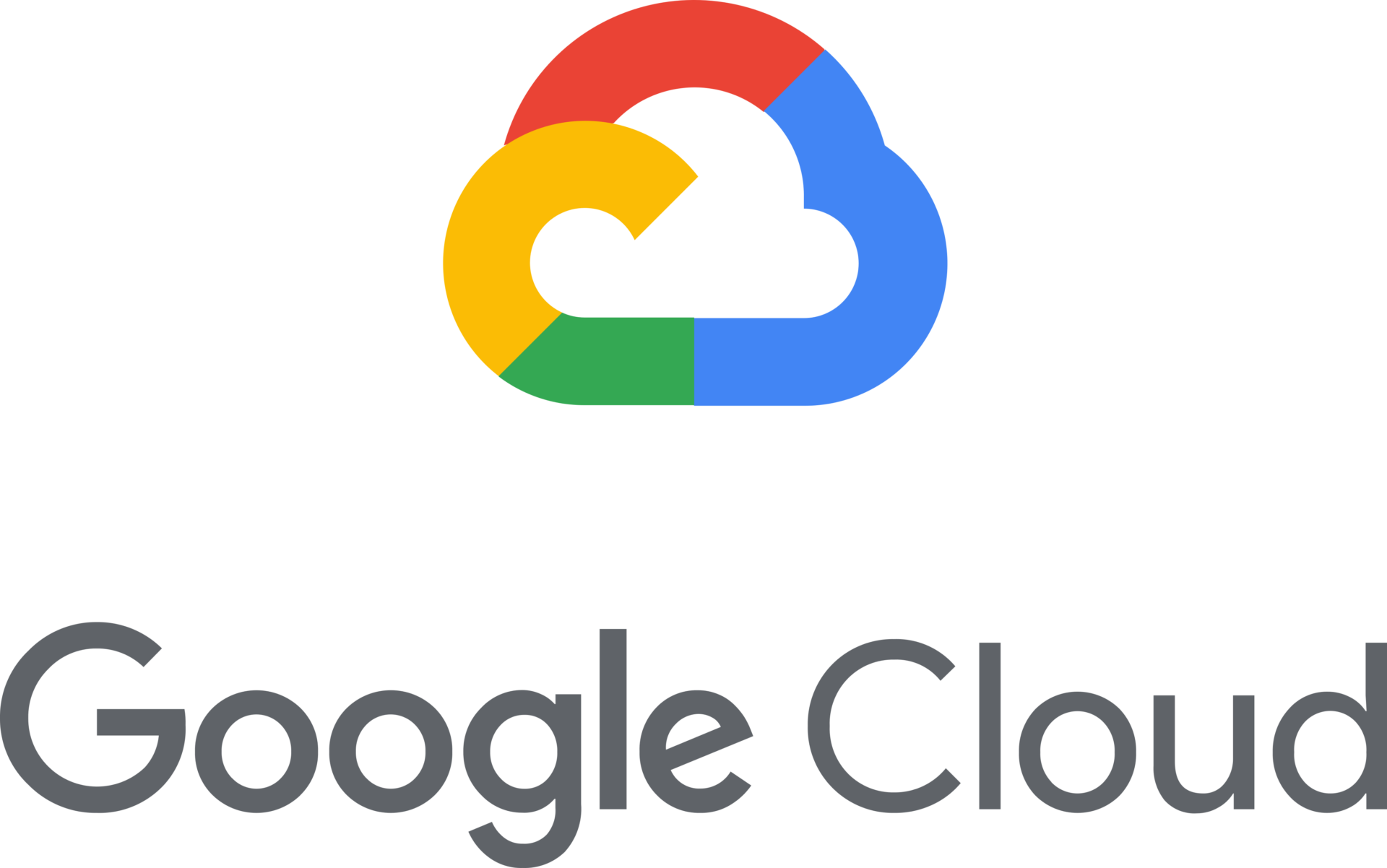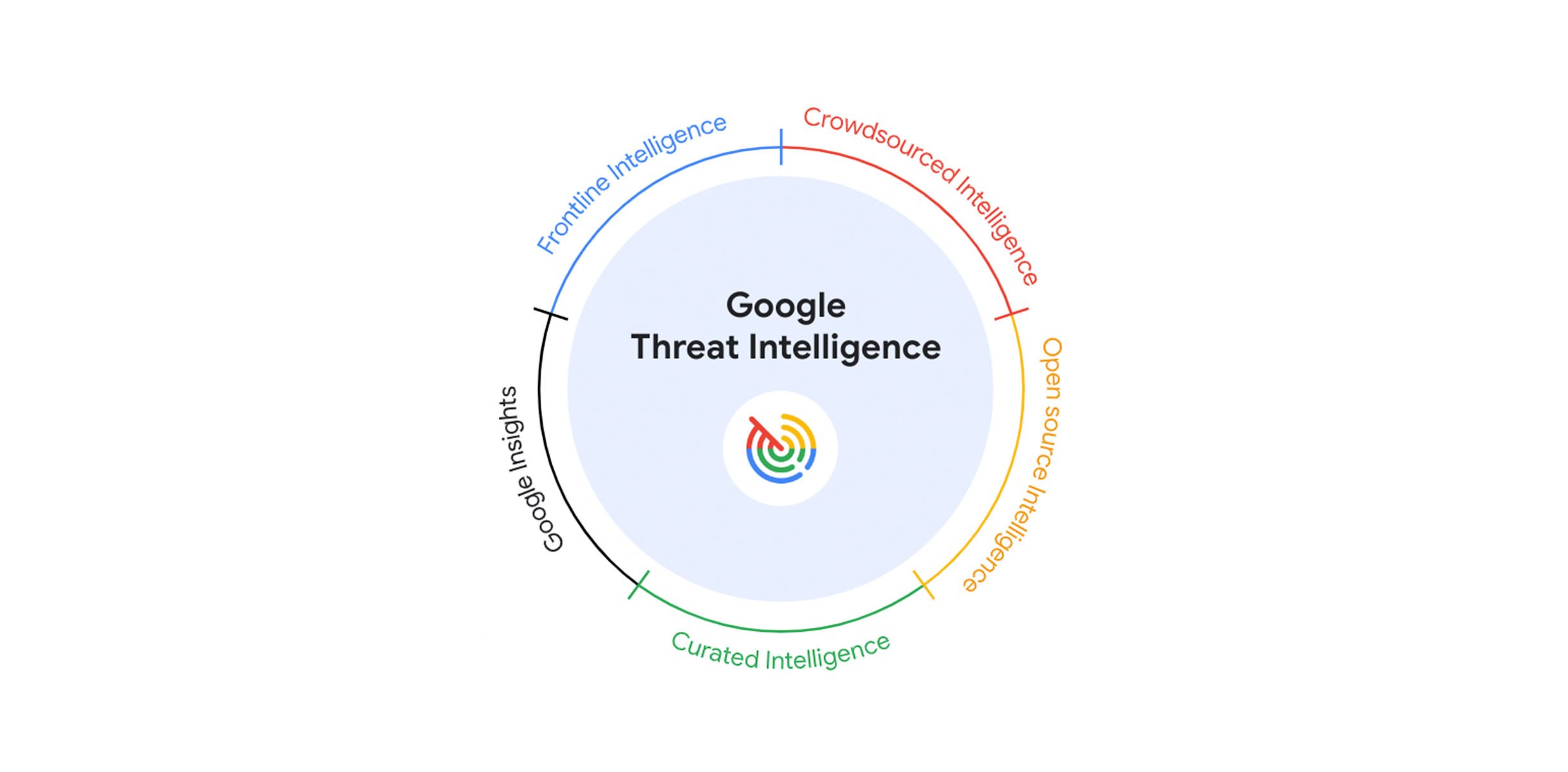Alphabet today reported robust earnings for its fiscal Q1 2024, driven by strength in Google Cloud, Search, and YouTube. Consolidated revenue reached $80.5 billion, a 15% year-on-year increase, with Google Services accounting for $70.4 billion. Google Cloud’s revenue grew by 28%, contributing $9.6 billion while achieving an operating margin of 9%. The surge in YouTube’s advertising revenues, up 21%, fueled the company’s growth, while Search and other advertising revenues grew 14%, demonstrating solid performance in the retail vertical.
We focus on infrastructure at NAND Research, which means we care more about Google Cloud than the other aspects of Alphabet. Let’s look at how that business performed.
Q1 at Google Cloud
Google Cloud showed significant growth during the quarter, driven by the increasing demand for AI and cloud-based solutions. The business is positioned for continued growth, with a focus on infrastructure leadership, AI-driven innovations, and strong customer adoption:
- Revenue: Google Cloud reported $9.6 billion, representing a 28% year-on-year increase. This growth was driven by the strong demand for Google Cloud Platform (GCP) infrastructure, solutions, and contributions from Google Workspace.
- Operating Income: Google Cloud achieved an operating income of $900 million, marking a significant improvement, with an operating margin of 9%, proof that Google Cloud is progressing towards profitability.
- Generative AI and Google Cloud: The Cloud business benefited from its AI innovations, with Google Cloud serving more than 60% of funded generative AI startups and nearly 90% of generative AI unicorns. Including AI-driven features in Google Cloud’s offerings has attracted major clients, helping drive revenue growth.
- Infrastructure Leadership: Google Cloud’s technical infrastructure, including custom Tensor Processing Units (TPUs), is a key differentiator. The fifth-generation TPUs were used to train and serve the Gemini AI model. This robust infrastructure supports the growing demand for AI and cloud services.
- Customer Adoption: Google Cloud’s customer base includes high-profile companies such as PayPal and Kakao Brain, which are drawn to Google’s efficient and cost-effective infrastructure. Additionally, over 1 million developers use Google Cloud’s generative AI tools, indicating a strong developer community.
Analysis
Google Cloud’s performance in the latest quarter is the direct result of an increased focus within Alphabet on using the business as a critical growth driver. With revenue soaring to $9.6 billion, representing a 28% year-on-year increase, Google Cloud continues to attract customers seeking AI-powered solutions and scalable infrastructure.
The Cloud business achieved an operating margin of 9%, indicating that it’s moving towards profitability, a significant milestone for a division traditionally seen as a heavy investment area.
A critical factor in Google Cloud’s success is its robust infrastructure, including custom Tensor Processing Units (TPUs), now in its fifth generation, designed to efficiently train and serve advanced AI models like Google’s Gemini. GCP’s infrastructure continues to attract a high-profile customer base, with over 60% of funded generative AI startups and nearly 90% of generative AI unicorns choosing Google Cloud.
Despite this strong performance, Google Cloud remains the number three cloud provider and will continue to face ongoing competition in the cloud services market. We like what Google Cloud is doing, including leveraging its unique infrastructure and deep AI expertise to give it a competitive edge. This positions GCP well for future growth and innovation.




